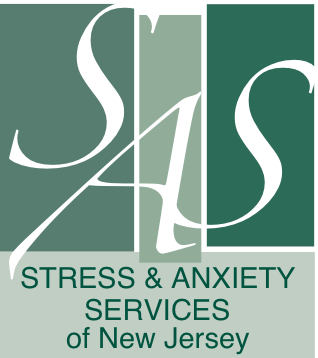Running Virtual Social Anxiety Groups for Adolescents during the COVID-19 Pandemic. Presented by Jennifer Kennedy, Psy. D.
This webinar is designed to help you learn the evidence-based models of group psychotherapy for social anxiety disorder, to be able to identify and discuss the prevailing literature on applying groups to the virtual setting, and utilize this information when planning and running virtual groups in the future for a variety of diverse populations.”
If you are a student please email christina@stressandanxiety.com for our special pricing.
Length: 90 minutes
CE Credits: 1.5
This 90-minute presentation discusses adolescent virtual psychotherapy groups for social anxiety disorder. The current pandemic has mandating drastic changes in how we as mental health clinicians treat anxiety disorders, social anxiety disorder in particular. Adolescents have been particularly affected with the introduction of masks, social distancing, and modifications to the social structure in school, extracurriculars, and at home with their families. Avoidance and escape behaviors have become easier for these adolescents to engage in, therefore exacerbating symptoms, and it has become more of a challenge to develop exposure hierarchies to mitigate these global alterations to their lives. This makes effective treatment models for social anxiety disorder even more imperative than they were prior to the pandemic.
The webinar provides an overview of social anxiety disorder etiology, symptoms, assessment, and typical clinical course through adolescence and into adulthood. Cognitive-Behavioral interventions are discussed, as well as the prevailing literature on group psychotherapy and virtual group psychotherapy. Diversity within the adolescent population as a whole, as well as those affected by social anxiety, is also addressed. The presentation reviews the significant changes mandated by the COVID-19 pandemic to the experience of both adolescents with social anxiety and the clinicians who treat them, particularly through the use of a case example of the social anxiety group recently run by Stress and Anxiety Services of New Jersey. Specific interventions used and their effectiveness are elaborated on at length.
Learning Objectives:
Objective 1:
Review the symptoms of social anxiety disorder, its prevalence, and typical clinical course through adolescence and into adulthood. Be able to identify the typical ways social anxiety disorder presents and develops in the adolescent population.
Objective 2:
Comprehend the core components of the cognitive-behavioral model of treating social anxiety disorder. Learn the prevailing models of group psychotherapy for social anxiety disorder.
Objective 3:
Be able to identify and discuss a variety of cognitive-behavioral assessments and interventions that can be used in the virtual group psychotherapy setting. Apply advice given to virtual psychotherapy groups that may be run in the future on a variety of diverse clinical populations.

